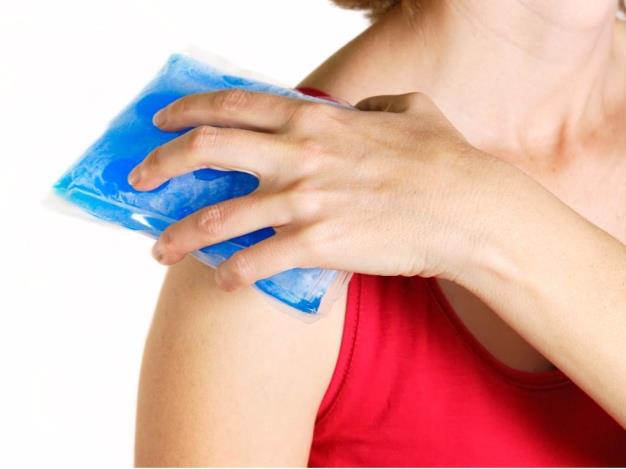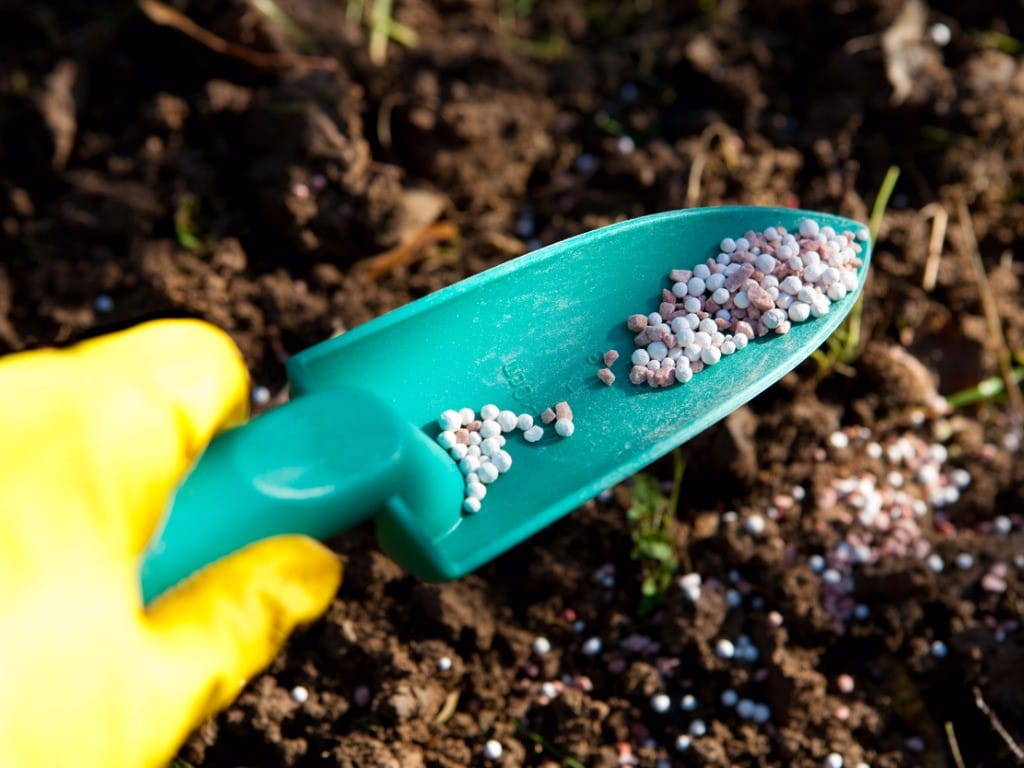Nitrate and Nitrite Poisoning
Why so blue?

The Bottom Line
Nitrates and nitrites are abundant in the environment and are found in medicines and products in the home. Overexposure to nitrates and nitrites can lead to a condition called methemoglobinemia in which the body is deprived of oxygen, causing a blue-gray discoloration of the skin.

The Full Story
It was around 11:00 AM in the ER of a hospital in Italy when a 23-year-old woman was brought in by her father. She looked extremely ill. She was disoriented and appeared blue-gray; her lips and tongue were almost black. The culprit? Ammonium nitrate from an instant cold pack. The night before, she woke up thirsty and made herself a tall glass of ice water. Unfortunately, an instant cold packet that she'd stored in her freezer had leaked all over the ice.
So what are nitrates and nitrites? Why and how did the ammonium nitrate cause this woman to appear blue-gray?
Nitrogen is vital to all living things. The majority of the Earth's atmosphere is made of nitrogen. However, plants and animals cannot make use of it in this gaseous form. It must first be converted to nitrates and nitrites. This is done through the nitrogen cycle, in which microorganisms in soil and plant roots convert nitrogen in the air we breathe to nitrates and nitrites.
Nitrates are abundant in soil, animal waste, plants, and in our diet. Spinach, cauliflower, collard greens, beets, and broccoli are naturally high in nitrates. Nitrates and nitrites are made up of nitrogen and oxygen and can combine with other compounds like sodium and ammonium. Sodium nitrate is commonly used as a preservative in curing meats and ammonium nitrate is found in instant cold packets. Nitrates also come in the form of medications used to treat heart disease and hypertension and as creams used to treat burns. Volatile nitrites (otherwise known by the slang term "poppers") are known to be abused for recreational purposes or misused for sexual enhancement. Other commercial sources of nitrates include fertilizers (which makes sense, right?) and explosives.
Even though nitrates are vital to all plant and animal life, overexposure can lead to serious, negative health effects. Nitrates are converted into nitrites by bacteria in our saliva, stomach, and intestines, and it is primarily the nitrites that cause toxicity.
Nitrites oxidize the iron component of red blood cells (hemoglobin), rendering them unable to carry oxygen. The resulting condition is called methemoglobinemia, and the lack of oxygen is the reason behind the characteristic pale to blue-gray color of the skin. The severity of methemoglobinemia is directly proportional to the percentage of red blood cells affected. The higher the percentage, the more serious the symptoms, and the more blue the patient appears.
Nitrate medications prescribed for people who have high blood pressure or heart disease dilate blood vessels, easing the resistance to blood flowing through them. This very benefit, however, is the second important mechanism through which nitrates and nitrites cause adverse effects. Excessive dilation of blood vessels can lead to a dangerous drop in blood pressure.
People can become nitrite-poisoned in many different ways. Misuse or excessive use of any medicine or product containing nitrates, whether unintentionally or intentionally, can lead to poisoning. Poisoning can result from swallowing, inhaling, or even skin contact. People have been poisoned after drinking nitrate-contaminated rural well water. This occurs in agricultural areas using nitrogen-based fertilizers. Fertilizer run-off can contaminate nearby wells that are shallow or poorly constructed. In the past, some infants who were fed formula prepared with nitrate-contaminated well water died from severe methemoglobinemia. Poisoning can also occur in infants fed home-prepared infant foods made of vegetables high in nitrate/nitrite content.
Symptoms of nitrate poisoning can vary depending on the amount and duration of the exposure. Those with very mild methemoglobinemia might not have any symptoms at all, or might appear a little pale and feel tired. Moderate-to-severe poisoning is associated with cyanosis (blueness of the skin), confusion, loss of consciousness, seizures, abnormal heart rhythms, and death. The old toxicology adage by the 16th century physician Paracelsus, "the dose makes the poison," truly applies to nitrates and nitrites. No living thing can live and grow without them, but too much can be deadly.
If someone has been exposed to nitrates and nitrites, check the webPOISONCONTROL® online tool or call Poison Control at 1-800-222-1222 for guidance.
Serkalem Mekonnen, RN, BSN, MPH
Certified Specialist in Poison Information
Poisoned?
Call 1-800-222-1222 or
Prevention Tips
- Never abuse, misuse, or overuse nitrate-containing products.
- Use nitrate medications only as prescribed.
- If you have a private well, have it tested for nitrate/nitrite contamination.
- Do not feed infants food prepared at home without first consulting a pediatrician.
- Limit your consumption of processed or cured meats.
- Keep medications and household chemicals in their original containers and out of reach and sight of children.
This Really Happened
A 42-year-old man suddenly became nauseated and vomited during a business meeting. When an ambulance brought him to an ER, his skin was described as navy blue. He was awake and alert, but the oxygen content of his blood was low. He mentioned that he had mixed two chemicals while at work just before the meeting. He had inadvertently inhaled the liquid and had also gotten some on his skin. One of the two chemicals was sodium nitrate.
A nurse in the ER called Poison Control, which said that the man was showing signs of methemoglobinemia. Poison Control recommended giving the man a specific medication for methemoglobinemia. Improvement in his skin color was noted immediately after the medication was administered. The man felt better; he was no longer nauseated, and the oxygen content of his blood came up to a normal level.For More Information
References
Nitrate/nitrite toxicity. Atlanta, GA: Agency for Toxic Substances and Disease Registry; 2013 [accessed Nov 20, 2017].Poisoned?
Call 1-800-222-1222 or
Prevention Tips
- Never abuse, misuse, or overuse nitrate-containing products.
- Use nitrate medications only as prescribed.
- If you have a private well, have it tested for nitrate/nitrite contamination.
- Do not feed infants food prepared at home without first consulting a pediatrician.
- Limit your consumption of processed or cured meats.
- Keep medications and household chemicals in their original containers and out of reach and sight of children.
This Really Happened
A 42-year-old man suddenly became nauseated and vomited during a business meeting. When an ambulance brought him to an ER, his skin was described as navy blue. He was awake and alert, but the oxygen content of his blood was low. He mentioned that he had mixed two chemicals while at work just before the meeting. He had inadvertently inhaled the liquid and had also gotten some on his skin. One of the two chemicals was sodium nitrate.
A nurse in the ER called Poison Control, which said that the man was showing signs of methemoglobinemia. Poison Control recommended giving the man a specific medication for methemoglobinemia. Improvement in his skin color was noted immediately after the medication was administered. The man felt better; he was no longer nauseated, and the oxygen content of his blood came up to a normal level.